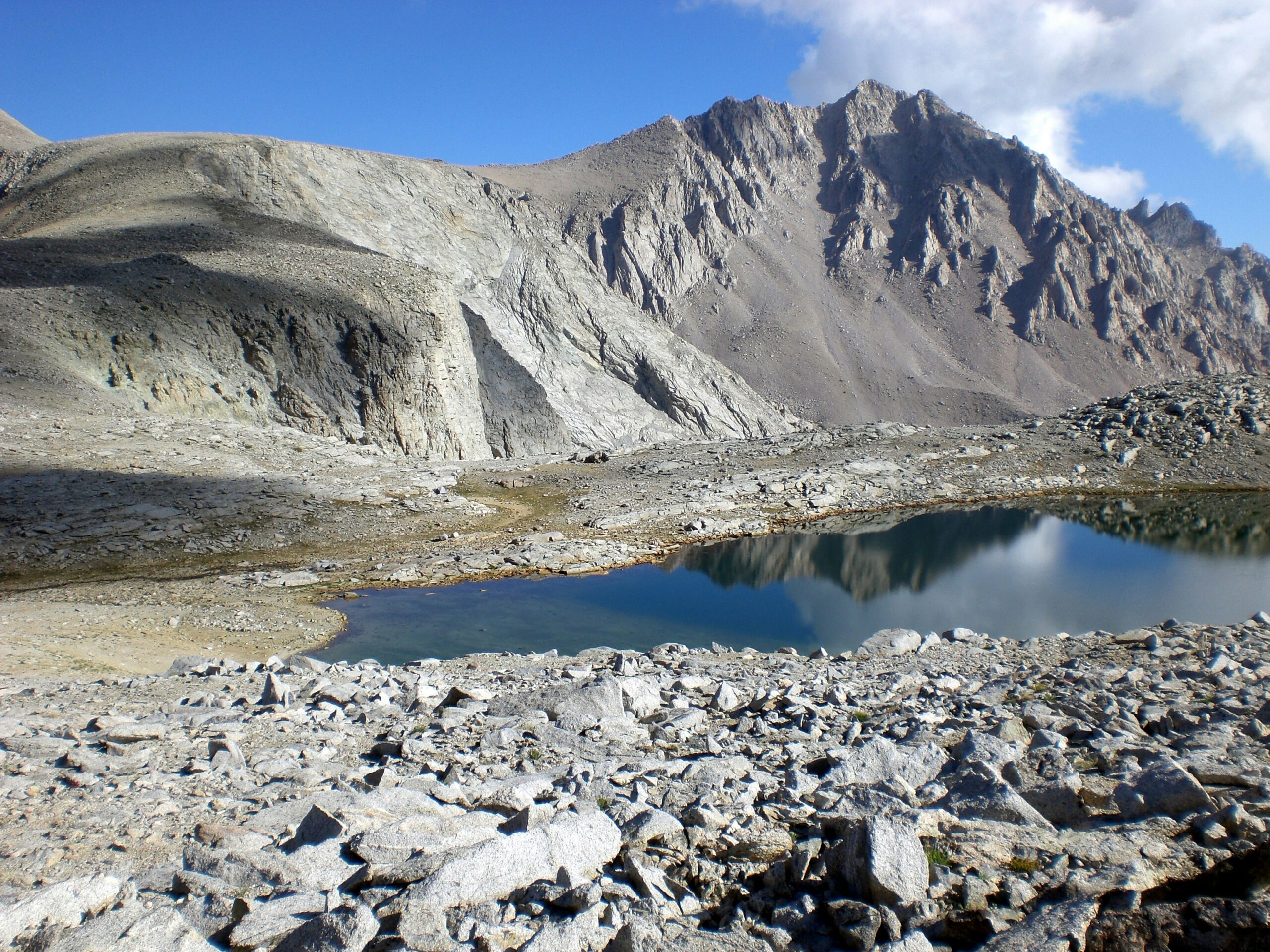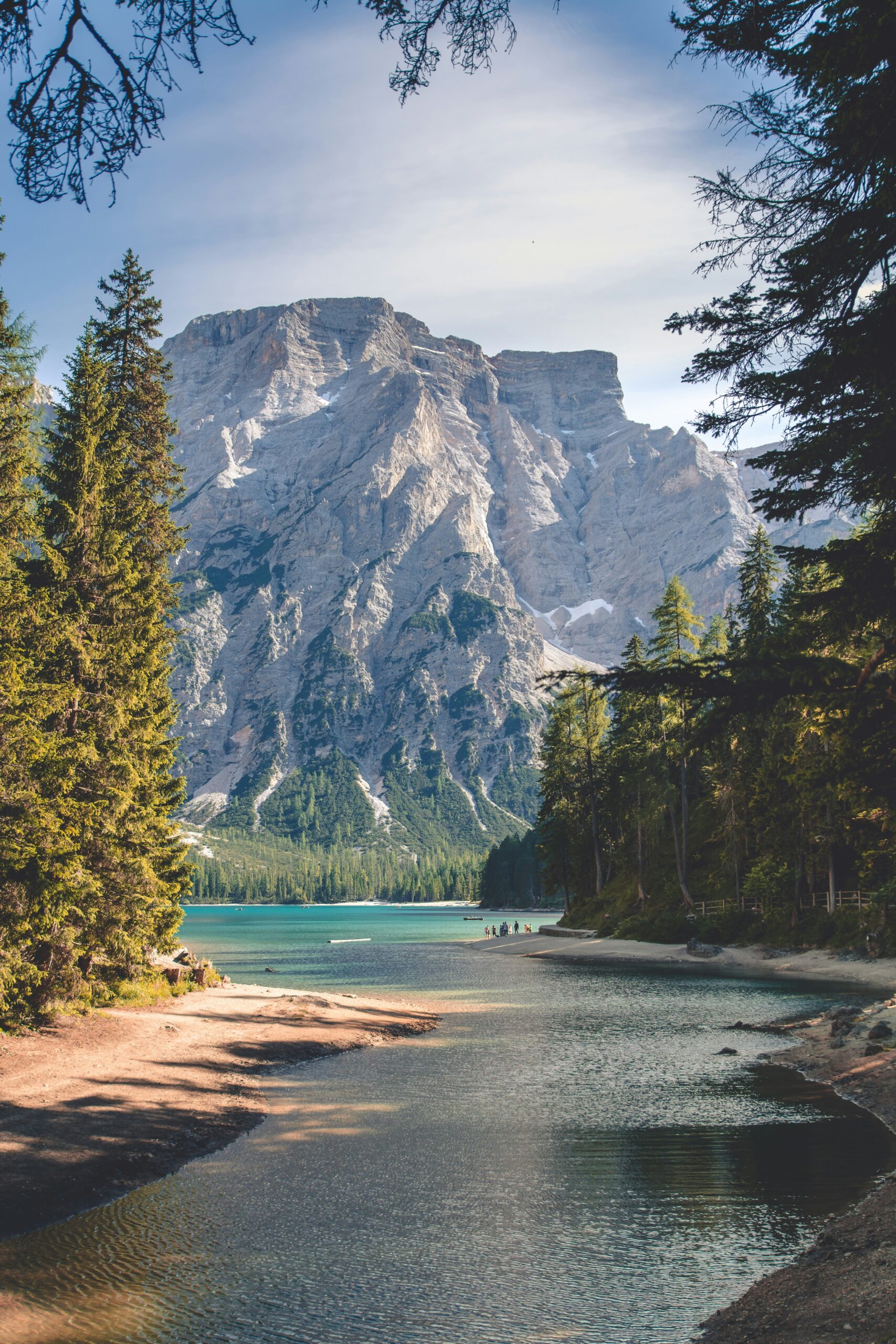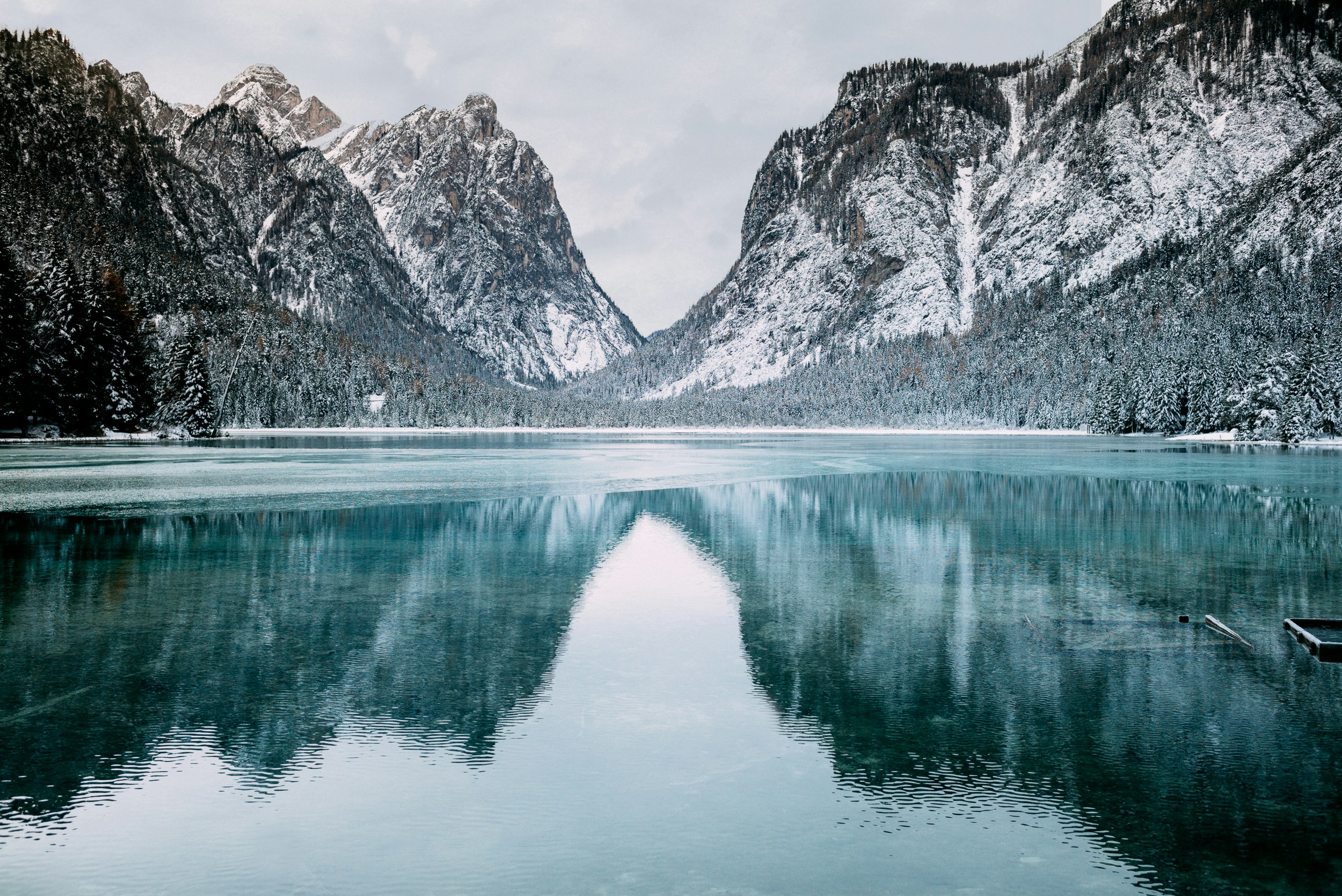If you've ever dreamed of conquering the majestic Mount Shasta, but lack the necessary experience or skills, you may be wondering if there are any training programs available to help you reach your goal. Luckily, you're in good company, as many aspiring mountaineers have faced the same question. Whether you're a beginner or an intermediate climber, this article will provide you with valuable insights into the training programs available for mountaineering on the awe-inspiring Mount Shasta. So, lace up your hiking boots, because your mountain adventure awaits!

Understanding Mount Shasta
Mount Shasta is a magnificent mountain located in Northern California, boasting a height of 14,179 feet. As one of the highest peaks in the state, Mount Shasta is a popular destination for mountaineers and outdoor enthusiasts. Its unique geography includes a volcanic cone and a variety of stunning landscapes, making it a captivating and challenging location to explore.
Overview of Mount Shasta's geography
Mount Shasta's geography encompasses diverse terrain, including glaciers, rock formations, and alpine meadows. The mountain is of volcanic origin, with its cone formed by numerous eruptions over thousands of years. The snow-capped peak, visible from miles away, adds to the sheer beauty of the surroundings.
The mountain is surrounded by the Shasta-Trinity National Forest, offering additional opportunities for exploration and outdoor activities. The various ecosystems found around Mount Shasta provide a habitat for numerous plant and animal species, making it a haven for nature lovers.
Typical weather conditions
The weather on Mount Shasta is known to be highly variable and can change rapidly. Mountaineers should expect cold temperatures, even during the summer months, due to the altitude. Sudden storms, heavy snowfall, and high winds are common, posing additional challenges for climbers.
It is advisable to stay updated on weather forecasts and be prepared for any changes in conditions. Proper clothing, including layering systems and waterproof gear, is essential for ensuring comfort and safety while on the mountain.
Challenges presented by Mount Shasta
Mount Shasta presents a range of challenges that climbers must be prepared to face. The steep and rugged terrain, combined with unpredictable weather conditions, demands physical and mental resilience. Altitude sickness is also a concern, as the elevation increases significantly as climbers ascend.
Navigating the glaciers and crevasses requires proficiency in mountaineering skills, including the use of crampons, ice axes, and ropes. Proper training and preparation are crucial for mitigating these challenges and ensuring a safe and enjoyable climbing experience.
Importance of Training for Mountaineering
Before embarking on a mountaineering expedition, it is essential to undergo thorough training. Mountaineering is a physically demanding activity that requires a high level of fitness, technical skills, and knowledge. Adequate training not only prepares you for the physical aspects of mountaineering but also equips you with the necessary skills to handle potential risks and emergencies.
Possible risks involved with lack of training
Without training, mountaineers are exposed to a higher level of risk. Lack of knowledge regarding proper climbing techniques, navigation, and rescue procedures can increase the likelihood of accidents and injuries. Insufficient physical fitness and endurance may also lead to exhaustion and decreased performance during the climb.
Training helps build the essential skills and knowledge needed to assess and manage risks effectively, increasing the overall safety of mountaineering expeditions.
Benefits of mountaineering training programs
Participating in a mountaineering training program provides numerous benefits. These programs offer comprehensive instruction on various aspects of mountaineering, including physical fitness, technical skills, and safety protocols. By training in a controlled environment, participants can gain confidence and experience in a supportive setting.
Training programs also foster a sense of community among aspiring mountaineers, allowing for the exchange of knowledge and experiences. In addition, many programs offer guidance on gear selection and provide opportunities for outdoor practice and mock climbs, further enhancing preparedness.
Types of Mountaineering Training Programs
Mountaineering training programs come in various forms, each tailored to cater to different skill levels and objectives. These programs can range from intensive, multi-day courses aimed at beginners to specialized training for advanced climbers. It is important to choose a program that aligns with your goals and level of experience.

Different forms of mountaineering training
Mountaineering training programs may include classroom instruction, outdoor skills workshops, physical fitness training, and practical field exercises. Classroom sessions often cover topics such as navigation, avalanche awareness, and understanding weather patterns. Outdoor skills workshops focus on teaching essential mountaineering techniques, such as proper ice climbing and rope management.
Physical fitness training is a key component of mountaineering programs, as it helps participants develop strength, endurance, and cardiovascular fitness. Practical field exercises allow climbers to apply their knowledge in real-world scenarios, honing their skills and building confidence.
Group training vs. individual training
Mountaineering training programs can be conducted in a group setting or on an individual basis. Group training programs often encourage collaboration and team building, providing opportunities for participants to learn from and support one another. These programs offer a social and interactive experience, allowing climbers to connect with like-minded individuals and form lasting friendships.
On the other hand, individual training programs offer a more personalized approach, allowing for focused attention on specific areas of improvement. This option may be preferable for those who prefer a more tailored training experience or have unique scheduling constraints.
Significance of choosing the right training program
Choosing the right training program is paramount to a successful mountaineering journey. Consider factors such as your current skill level, fitness level, time availability, and budget when selecting a program. Research the reputation and qualifications of the training provider to ensure that they have the necessary expertise and experience.
A well-designed training program will not only equip you with the technical skills and knowledge required for mountaineering but also provide a supportive and safe environment for learning. It is crucial to invest in a program that aligns with your goals, values, and aspirations.
Training Programs for Mount Shasta
Mount Shasta, being a popular mountaineering destination, offers a range of training programs tailored specifically for climbers seeking to conquer its majestic peak. These programs cater to individuals of varying experience levels and provide comprehensive training to ensure a successful and safe ascent.

Specific training courses for Mount Shasta
Several training courses specifically designed for Mount Shasta climbers are available. These courses cover essential skills and knowledge necessary for a successful summit attempt. Some of the courses offered include:
-
Mountaineering Basics: This course is ideal for beginners and covers the fundamentals of mountaineering, such as equipment usage, navigation, and basic climbing techniques. It provides a solid foundation for aspiring climbers.
-
Advanced Mountaineering Techniques: Geared towards intermediate climbers, this course focuses on advanced skills such as ice climbing, crevasse rescue, and technical rope work. It is designed to enhance participants' technical capabilities and expand their knowledge of mountain safety.
-
Summit Preparation: Aimed at experienced climbers aiming to summit Mount Shasta, this intensive course focuses on acclimatization, altitude management, and expedition planning. It equips climbers with the skills necessary for a successful and safe ascent of the mountain.
Duration and cost involved
The duration and cost of Mount Shasta training programs vary depending on the level of training and the training provider. Basic courses typically span several days, while advanced and summit preparation courses may extend over a week or more. Costs can range from a few hundred dollars for shorter programs to over a thousand dollars for comprehensive courses.
It is important to consider the value and quality of the training program when assessing costs. Remember that investing in your safety and skill development is paramount, and the benefits of quality training far outweigh the initial financial commitment.
Important Aspects Covered in the Training Courses
Mount Shasta training courses cover a wide range of topics to ensure that participants are prepared for the challenges they may encounter during their mountaineering journey.
Fitness training
Physical fitness is a crucial component of mountaineering. Training programs include comprehensive fitness regimens aimed at improving stamina, strength, and cardiovascular endurance. These programs often combine cardiovascular exercises, strength training, and specific exercises to target the muscles used in climbing.
Survival skills
Mountaineering in challenging environments requires knowledge of basic survival skills. Training programs cover topics such as shelter construction, emergency signaling, navigation in low visibility, and wilderness first aid. These skills are vital for ensuring the safety and well-being of climbers when faced with unforeseen circumstances.
Climbing techniques
Climbing techniques form the backbone of mountaineering training. Courses teach climbers the proper use of climbing gear, including ice axes, crampons, and ropes. Participants learn various climbing techniques, such as ascending and descending on steep terrain, traversing glaciers, and negotiating challenging rock formations.
Equipment usage
Mountaineering requires specialized gear and equipment. Training programs educate climbers on the selection, use, and maintenance of essential equipment. This includes understanding the purpose of each item, the proper way to store and carry gear, and how to recognize when equipment needs repair or replacement.
Emergency procedures
The ability to respond effectively to emergencies is vital in mountaineering. Training programs teach climbers how to handle emergency situations, including crevasse rescue, administering first aid in remote locations, and making critical decisions under stressful conditions. These skills ensure climbers can act swiftly and effectively in times of crisis.
Altitude acclimatization
As climbers ascend Mount Shasta, they are exposed to higher altitudes. Altitude acclimatization is a crucial aspect of mountaineering training. Courses educate climbers on the physiological effects of high altitude and teach techniques for acclimatizing to the changing environment. This knowledge helps reduce the risk of altitude sickness and ensures a safer climbing experience.
Role of Guides and Instructors
Experienced guides and qualified instructors play a crucial role in mountaineering training programs. Their expertise and guidance not only provide valuable knowledge but also contribute to the safety and success of climbers.
Importance of experienced guides
Experienced guides are intimately acquainted with the challenges and nuances of Mount Shasta. They possess extensive knowledge of the mountain's terrain, weather patterns, and potential hazards. Guides provide valuable insight and guidance that cannot be learned solely through training programs, making them an invaluable resource for climbers.
Qualifications of instructors
Instructors in mountaineering training programs typically possess extensive mountaineering experience and hold certifications demonstrating their competence. They have undergone rigorous training themselves and have demonstrated proficiency in teaching the necessary skills to participants. These qualifications ensure that participants receive instruction from reputable and knowledgeable individuals.
Role of an instructor during training
Instructors play a multifaceted role during training programs. They provide technical instruction, guiding participants in the proper use of gear and climbing techniques. Instructors also assess participants' performance, offering personalized feedback and tips for improvement. Additionally, instructors address questions and concerns, providing a supportive environment for learning and growth.
Prerequisites for Training Programs
While mountaineering training programs cater to individuals of varying skill levels, certain prerequisites are necessary to ensure participant safety and program effectiveness.
Who can participate?
Most training programs are open to anyone with a passion for mountaineering and a desire to learn. However, it is important to assess your own physical capabilities, as mountaineering is a demanding activity. Individuals should have a moderate level of fitness and be willing to put in the effort to train and prepare adequately.
Health and fitness requirements
Mountaineering is physically demanding and places significant stress on the body. Participants should be free of any medical conditions that could be exacerbated by strenuous physical activity at high altitudes. It is advisable to consult with a healthcare professional before enrolling in a training program to ensure that you are in good health and physically prepared for the challenges ahead.
Age limit
Age limits for mountaineering training programs may vary depending on the training provider and the specific course. While some programs may have a minimum age requirement, there is often no upper age limit as long as participants meet the required health and fitness criteria. Mountaineering can be enjoyed by individuals of all ages, and training programs can be tailored to accommodate different ability levels.
Necessary prior experience
Many training programs are designed to cater to individuals with little to no prior mountaineering experience. Basic courses typically assume no previous knowledge and provide a solid foundation for beginners. However, if you have prior mountaineering experience or skills, it is recommended to choose a more advanced program that aligns with your existing capabilities.
Equipment for Mountaineering
Proper equipment is essential for a safe and successful mountaineering expedition. Essential gear for Mount Shasta includes:
-
Mountaineering boots: Sturdy and insulated boots designed for the rigors of mountaineering, with excellent ankle support and compatibility with crampons.
-
Crampons: Metal spikes that attach to the boots to provide traction on snow and ice.
-
Ice axe: A versatile tool used for self-arrest, cutting steps, and creating anchors.
-
Climbing harness: A harness that attaches climbers to ropes for safety and support during technical sections.
-
Helmet: Protection for the head in case of falls or rockfall.
-
Layers of clothing: Include base layers, insulating layers, and waterproof outer layers to protect against changing weather conditions.
-
Backpack: A backpack to carry essential gear, such as food, water, extra clothing, and emergency supplies.
Where to rent/sale gear
Mountaineering gear can be rented or purchased from a variety of sources. Outdoor equipment rental companies often offer a wide range of mountaineering gear, allowing climbers to acquire the necessary equipment without significant upfront costs. This is particularly useful for participants who may not have immediate access to specialty gear.
Alternatively, mountaineering gear can be purchased from outdoor retail stores. These stores often have knowledgeable staff who can provide guidance on gear selection and ensure you have the appropriate equipment for your needs.
Safety and usage regulations
Safety should always be a top priority when using mountaineering equipment. Ensure that all gear is in good working condition, with no signs of damage or wear. Follow manufacturer instructions for proper usage and maintenance of equipment. It is also wise to familiarize yourself with local regulations and guidelines regarding outdoor activities and equipment usage to ensure compliance and minimize risks.
Post Completion of Training Program
Completing a mountaineering training program marks an important milestone in your journey towards conquering Mount Shasta. These programs not only prepare you with the necessary skills and knowledge but also provide a solid foundation for continued growth and development in the field of mountaineering.
Aspects that the training program prepares for
Training programs equip participants with the necessary technical skills, physical fitness, and knowledge to tackle the challenges of mountaineering. They prepare climbers to navigate steep and rugged terrains, handle unpredictable weather conditions, and make informed decisions while on the mountain. Furthermore, these programs emphasize safety, risk assessment, and emergency response, ensuring climbers are well-prepared for any situation.
Continuing the practice post completion
The completion of a mountaineering training program is just the beginning of your journey as a mountaineer. To maintain and enhance your skills, it is essential to continue practicing and honing your abilities. Seek opportunities for outdoor climbing and participate in refresher courses periodically. Additionally, joining local mountaineering clubs or communities can provide valuable support, advice, and potential climbing partners.
How participants get certified
Certification varies depending on the training program and the organization providing it. Some programs offer a certificate of completion, validating the participant's successful completion of the training. Other programs may offer internationally recognized certifications, such as those provided by mountaineering associations or guide organizations. These certifications serve as a testament to the climber's skills and qualifications, enhancing their credibility within the mountaineering community.
Case Studies of Mount Shasta Climbing Experiences
Mount Shasta has been the stage for numerous remarkable climbing experiences. These case studies highlight the challenges faced by climbers, the role training played in overcoming those challenges, and the ultimate triumph of reaching the summit.
Success stories from Mount Shasta climbers
Many climbers have successfully summited Mount Shasta, each with their own unique story to share. These success stories often highlight the perseverance, determination, and mental fortitude required to overcome the mountain's challenges. From novice climbers to seasoned mountaineers, the satisfaction and sense of achievement experienced upon reaching the summit are universally celebrated.
Challenges faced by climbers
Climbing Mount Shasta presents a myriad of challenges for mountaineers. Unpredictable weather, steep terrain, and the physical demands of high altitude pose significant obstacles. Additionally, the psychological aspect of mountaineering, including fear of heights and mental resilience, can weigh heavily on climbers.
How training helped in overcoming these challenges
Training plays a critical role in helping climbers overcome the challenges Mount Shasta presents. By building physical strength and stamina, improving technical skills, and enhancing mental preparedness, climbers can tackle the mountain with confidence. Training instills valuable knowledge and experience, enabling climbers to make sound decisions and adapt to changing conditions effectively.
In conclusion, mountaineering on Mount Shasta is an exhilarating and rewarding experience that requires proper training and preparation. Understanding the geography, weather conditions, and challenges posed by the mountain is essential for a safe and successful climb. Mountaineering training programs offer comprehensive instruction, preparing climbers for the physical and mental rigors of the journey. With the guidance of experienced guides and instructors, climbers gain the necessary skills and knowledge to conquer Mount Shasta. By investing in training, climbers can set themselves up for a fulfilling and unforgettable mountaineering experience.
